3 Recipe for a Multimodal Happening: Or Not
Ben Gunsberg
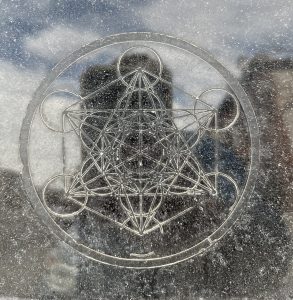
Mixtures and Margins: An Introduction to Multimodal Composition
Course Description: Welcome to English 5450, a special topics course that explores writers’ efforts to shape and reflect our diverse and rapidly changing media textscape. We’ll investigate connections between different media forms and modes of representation, including film, music, electronic literature, visual art, performances, and installations. You will have opportunities to create multimodal texts that combine audio, visual, and interactive elements. We’ll also examine and create hybrid texts, such as printed poems that also occur as audio files or videos in conversation with text-based material. After a brief introduction, we’ll discuss the theories and historical antecedents of contemporary multimodal work. Each section of the course has associated readings, tools, and writings, which will help inform your efforts on major assignments. The first of these assignments asks you to translate and transform a text-based piece of your writing into a multimodal artifact. Next, you’ll create a multimodal piece from scratch. The third major assignment is a performance or installation that will be made public at the end of the semester through a “Happening”–an event that will allow you to showcase your work to invited guests. Your efforts on these assignments will be supported by readings, explorations, and interactions with writers who work in both text-based and multimodal directions.
This tasty dish is informed by Allan Kaprow’s instructions from “How to Make a Happening.”
Common Qualities of a Happening: game-like, adventurous, structurally ambivalent (middle, beginning, end), limited distinction between artist and viewer/reader, unique in the sense that it cannot be replicated, participatory and interactive.
Ingredients: organic curiosity, organic emergence*, unfiltered joy, a dash of serendipity
*Organic emergence describes the characteristics of forms that arise out of complex systems. Such a form has properties or behaviors that its parts do not possess in isolation. Tastes a bit like chia pudding.
1. “Forget all the standard art forms. Don’t paint pictures, don’t make poetry, don’t build architecture, don’t arrange dances, don’t write plays, don’t compose music, don’t make movies, and above all, don’t think you’ll get a happening out of putting all these together.” –Allan Kaprow
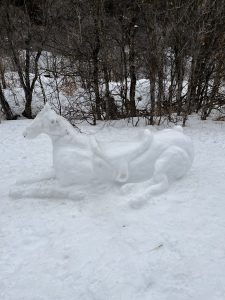
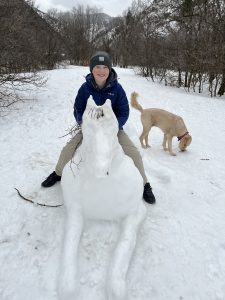
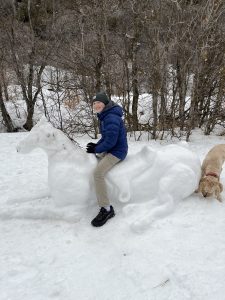
2. “You can steer clear of art by mixing up your happening by mixing it with life situations. Make it unsure even to yourself if the happening is life or art.” -Allan Kaprow
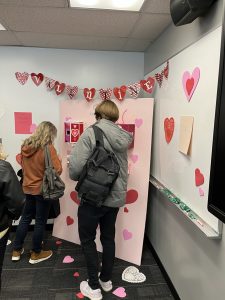
3. “The situations for a happening should come from what you see in the real world, from real places and people rather than from the head.” -Allan Kaprow
4. “Break
up your spaces.” -Allan
Kaprow
5. “Break up your time and let it be real time.” –Allan Kaprow
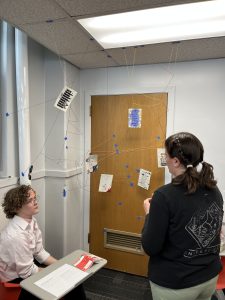
6. “Arrange all your events in the happening in the same practical way.” -Allan Kaprow
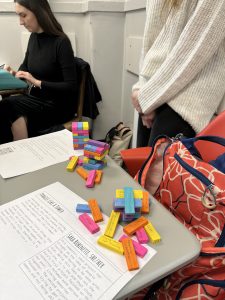
7. “Since you’re in the world now and not in art, play the game by real rules.” -Allan Kaprow
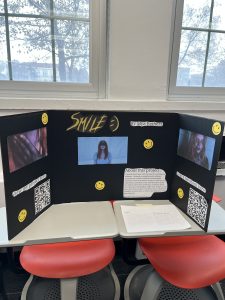
8. “Work with the power around you, not against it.” -Allan Kaprow
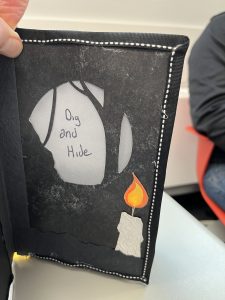
9. “When you’ve got the go-ahead, don’t rehearse the happening.” -Allan Kaprow
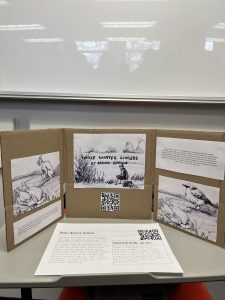
10. “Perform the happening once only.” -Allan Kaprow
11. “Give up the whole idea of putting on a show for audiences.” -Allan Kaprow

